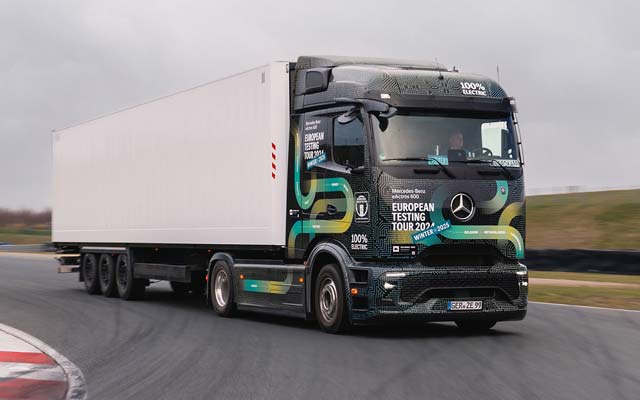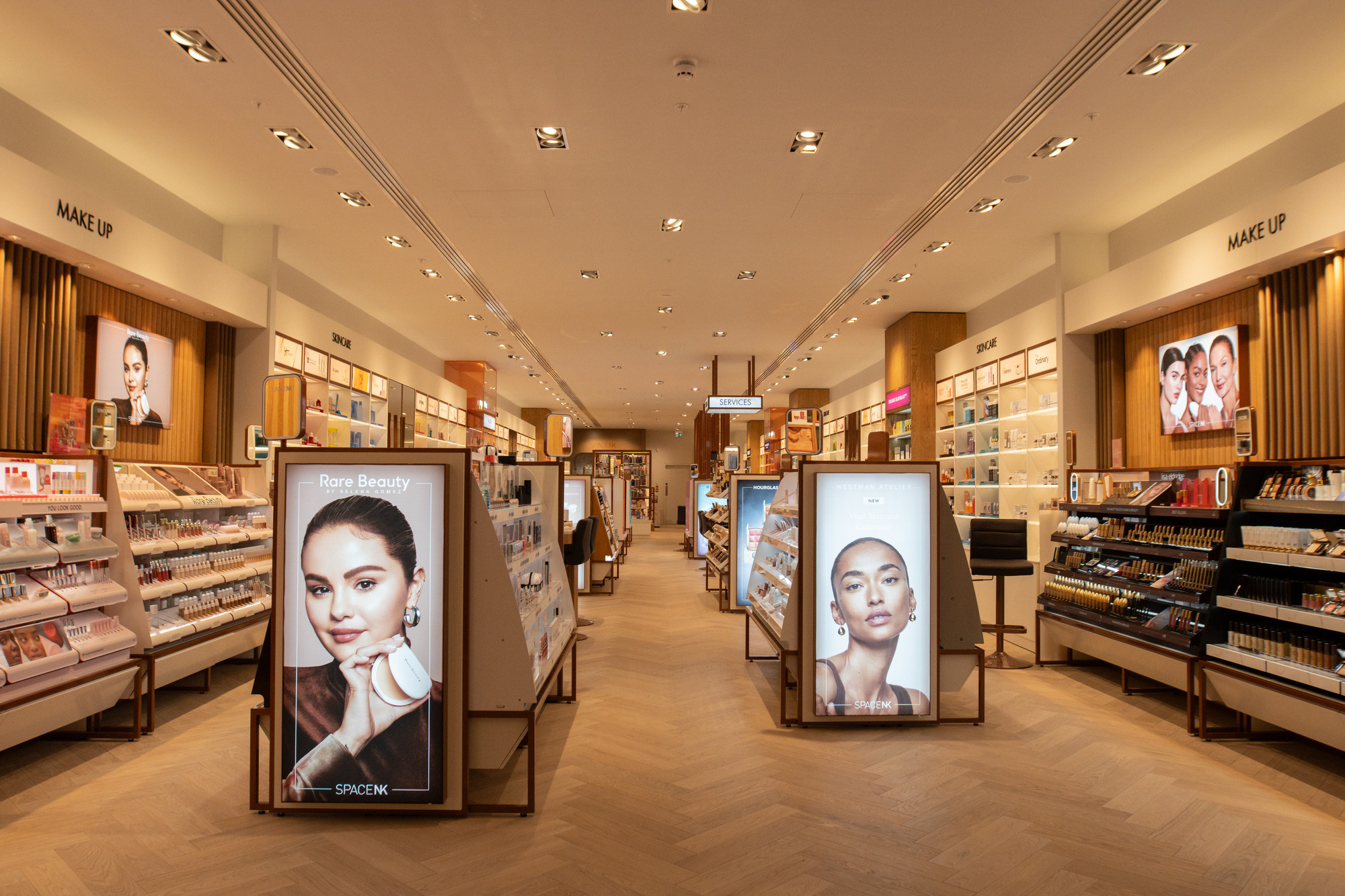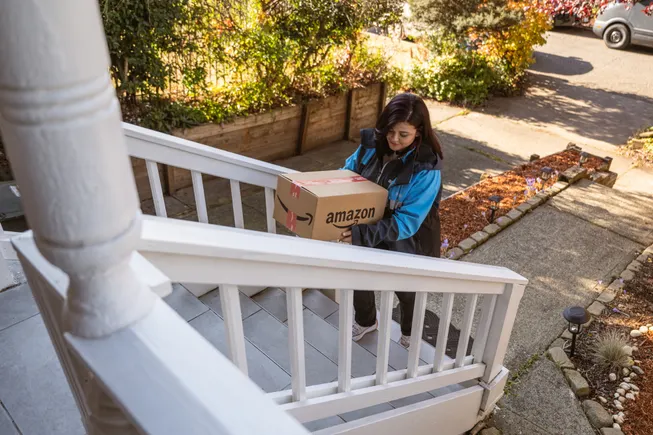Next-level CX: 5 must-have strategies for online retail in 2025
Online retail in 2025 is shaping up to be a challenging arena. Among the quagmire of noise within the space, the brands that are cutting through aren’t just keeping up with change – they’re driving it. With consumers expecting instant gratification, deeper personalisation, and seamless interactions across every touchpoint, it’s vital that retailers evolve beyond...

Online retail in 2025 is shaping up to be a challenging arena. Among the quagmire of noise within the space, the brands that are cutting through aren’t just keeping up with change – they’re driving it. With consumers expecting instant gratification, deeper personalisation, and seamless interactions across every touchpoint, it’s vital that retailers evolve beyond transactions and create experiences that feel intuitive, engaging and frictionless.
Rupert Firmstone, Global Head of PIM & DAM at Columbus has 2 decades of experience helping major brands, manufacturers and retailers improve there their customers journeys, pioneering game-changing strategies in customer experience and audience engagement.
Today, Retail Gazette sits down with Rupert to discuss what an optimum customer experience looks like, and how shifting demographics within target audiences are changing the game for all. “Retailers don’t understand the younger demographic, and they haven’t adapted their strategy to deal with this,” he explains. “The ones that do will be the ones who survive”
Rupert’s insights into personalisation, engagement, and agility highlight the critical shifts defining modern retail, from the explosion of contextual commerce to the need for seamless omnichannel experiences. Here’s how brands can stay ahead.
- Contextualisation, not just personalisation
For years, the retail industry has pushed personalisation as the holy grail of customer experience. But in 2025, it’s no longer enough to throw a customer’s first name into an email or recommend a product based on past purchases. Context matters more than ever.
“I call it contextualisation,” says Rupert. “It’s not about showing a different product – it’s about showing the same product in a different context, tailored to the consumer’s lifestyle.”
Imagine a shopper browsing for a dress on a fashion retailer’s website. A 50-year-old woman sees the dress modelled in a setting relevant to her life – perhaps a summer barbecue or a weekend getaway. Her 25-year-old daughter sees the same dress styled for a night out or a festival. The product is the same, but the context shifts depending on the customer.
This approach takes personalisation to another level, but it requires deep data insights. “Retailers need to move beyond basic algorithms and into dynamic experiences,” says Rupert. “Those that get this right will create not just loyal customers but lifelong brand advocates.”
- The data dilemma: Consumers want personalisation, but at what cost?
While hyper-personalisation enhances the shopping experience, it also raises questions around data privacy. British consumers are particularly privacy-conscious, with 68% unwilling to share their data unless they understand how it’s used (Deloitte).
“Consumers don’t always know best,” Rupert states bluntly. “They tick a box saying they don’t want their data used, but then they expect an amazing, frictionless online experience. The two are mutually exclusive. Retailers need to educate consumers on the trade-off and make them feel in control of their data while still delivering value.”
The challenge for retailers? Earning consumer trust. Transparency is key – clearly communicating how data enhances their shopping experience, offering real value in return, and ensuring compliance with evolving data regulations. “Brands that are upfront about how they use customer data will see higher engagement,” says Rupert. “It’s all about making it clear that there’s a genuine benefit to the customer.”
- Engagement beyond transactions: ‘Retailers must become publishers’
The days of simply selling products in a purely transactional manner are over. To build lasting customer loyalty, retailers must become content creators, Rupert, who spent 20 years in publishing, puts it plainly: “Retailers are publishers now. They need to engage their audience with content that makes them want to come back – even if they’re not looking to buy.”
Brands like Screwfix have nailed this approach, turning their website into an essential resource for DIY enthusiasts. Firmstone explains, “I go to Screwfix to look up technical specifications, not just to buy. And because they provide real value, I keep going back.”
Retailers need to move beyond one-way messaging and instead foster meaningful, two-way conversations with their audience, using interactive content, real-time engagement, and community-driven initiatives. “It’s about building a relationship, not just making a sale,” says Firmstone. “Retailers who crack this will dominate in 2025.”
- Efficiency is everything: Remove the friction
Friction in the customer journey is a dealbreaker. According to the Baymard Institute, UK retailers lose an estimated £18 billion annually to cart abandonment due to poor UX. And the most successful brands? They get it right.
Rupert again highlights his own experiences as a consumer at Screwfix as a prime example: “I can find a product by category and family, filter by voltage, size, or regulatory compliance, add it to my basket in seconds, do Click & Collect, and when I arrive, they already know who I am and greet me by name. That’s how seamless CX should be from online to in store with a fully integrated experience.
From checkout simplicity to flexible delivery options, retailers must identify and remove points of friction at every stage of the journey. Investing in conversion rate optimisation (CRO) and last-mile logistics isn’t optional – it’s a necessity. “If you make it difficult for customers, they’ll go elsewhere. It’s that simple,” Rupert warns.
- Adapt or die: The need for radical agility
If there’s one lesson from 2025’s retail evolution, it’s that agility isn’t optional – it’s the basis of staying relevant. The brands that can pivot quickly to consumer demands will be the ones leading the market.
Meanwhile, the most agile retailers are those that react to trends in real time. “The ability to take an idea from concept to execution within days is what separates modern, adaptive brands from those struggling to keep up,” Firmstone says.
Firmstone shares that, to be agile, businesses need:
- Leadership buy-in: Change must be driven from the top. Without executive and top-down commitment, transformation efforts will likely fail.
- Flexible technology: Legacy CMS and eCommerce platforms stifle innovation. Retailers need scalable and nimble tech stacks that can adapt quickly
- A culture of experimentation: From A/B testing to rapid product iteration, success lies in embracing continuous change.
The final word: CX is (nearly) everything
Retail today isn’t just about price competition, it’s about orchestrating the most engaging and frictionless customer experience, where convenience, trust, and personalisation reign supreme. Yes, at the core is a quality product. However, customers may discover brands through social commerce, buy from those that share their values, and stay loyal to those that consistently deliver seamless, engaging, and personalised experiences.
“Very few retailers have optimised the end-to-end journey,” Rupert concludes. “CX has been critical for over five years, but now? If you’re not actively improving it, your business may be in trouble.”
For those looking to gain an invaluable upper hand in 2025 and beyond, Firmstone’s message is clear: adapt, engage and personalise. Or you’re at risk of being left behind.
Find out more about Columbus, and read the latest report released by Retail Gazette and Columbus here.
Click here to sign up to Retail Gazette‘s free daily email newsletter























































































































































